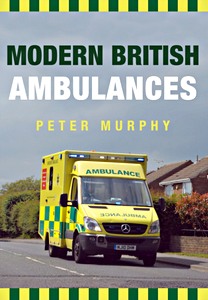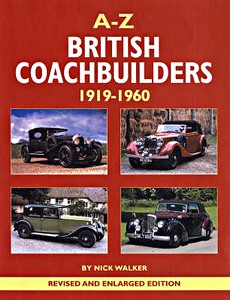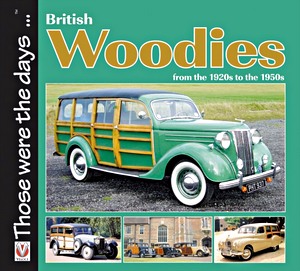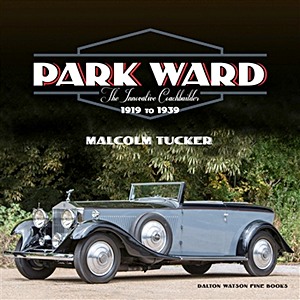London's Emergency Service Vehicles
Whether your interest is police, fire, ambulance, or associated emergency and rescue services, this fully illustrated book of nearly 200 images captures central London's many 999 services going about their daily business.
Photographed live from the streets of central London, many of the images vividly capture the drama of fast-moving response vehicles as emergency crews battle through London's congested streets.
Complementing vehicles from the Metropolitan Police Service, London Fire Brigade and London Ambulance Service (including the latter's cycle response unit and rapid response vehicles), are those of the British Transport Police, City of London Police, and Ministry of Defence Police.
London's Air Ambulance high-speed road vehicles, the Royal National Lifeboat Institution, British Red Cross Society, St John Ambulance and private ambulance firms are also highlighted. Mounted and marine unit sections of the Metropolitan Police are not overlooked, nor are their red-coloured Diplomatic Protection Group units and Special Escort Group motorcycles escorting very important people - including royalty.
Dave Boulter offers a real flavour of the modern central London emergency scene, making this lavishly illustrated volume a must for anyone with an interest in emergency vehicles.
Details
| Autor: | Dave Boulter |
|---|---|
| Ausführung: | 96 Seiten, 23.5 x 16.5 x 1.5 cm, kartoniert |
| Abbildungen: | 180 farbige und s/w-Abbildungen |
| Verlag: | Amberley Publishing (GB, 2017) |
| ISBN: | 9781445671932 |
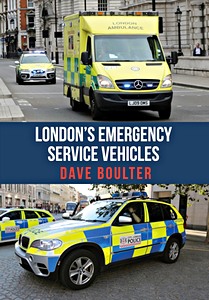
London's Emergency Service Vehicles
Sprache: Englisch
Erhältlich bei Amazon - sichere Zahlung und schnelle Lieferung
Kaufen bei Amazon DE

